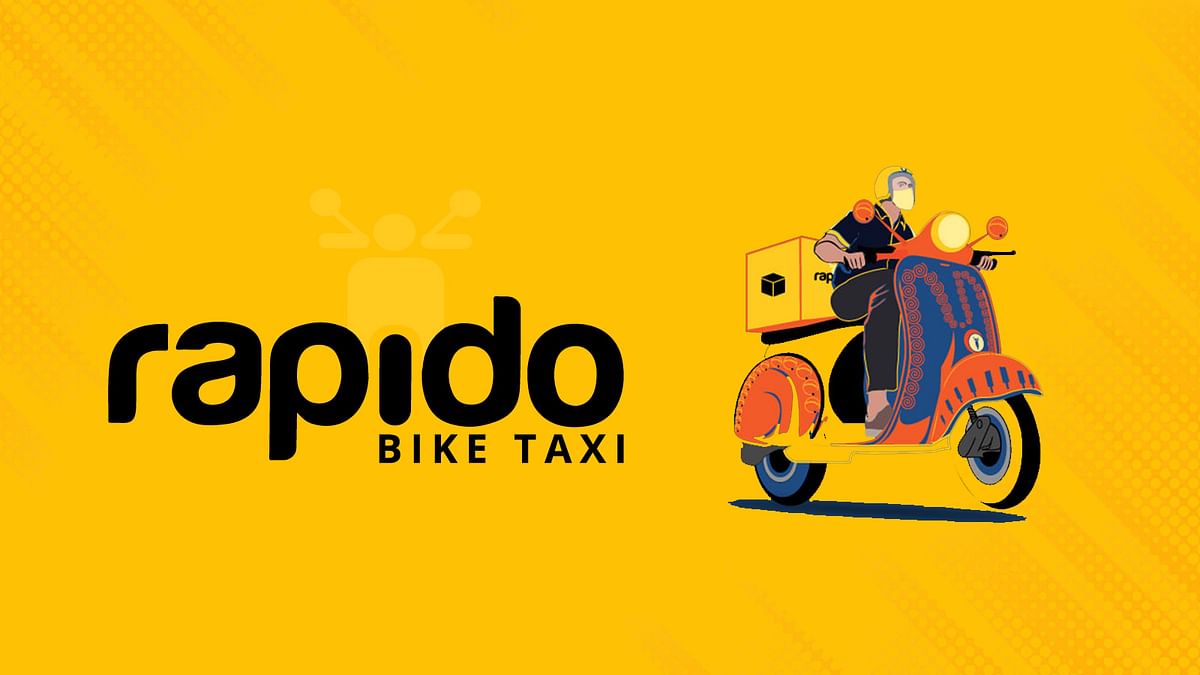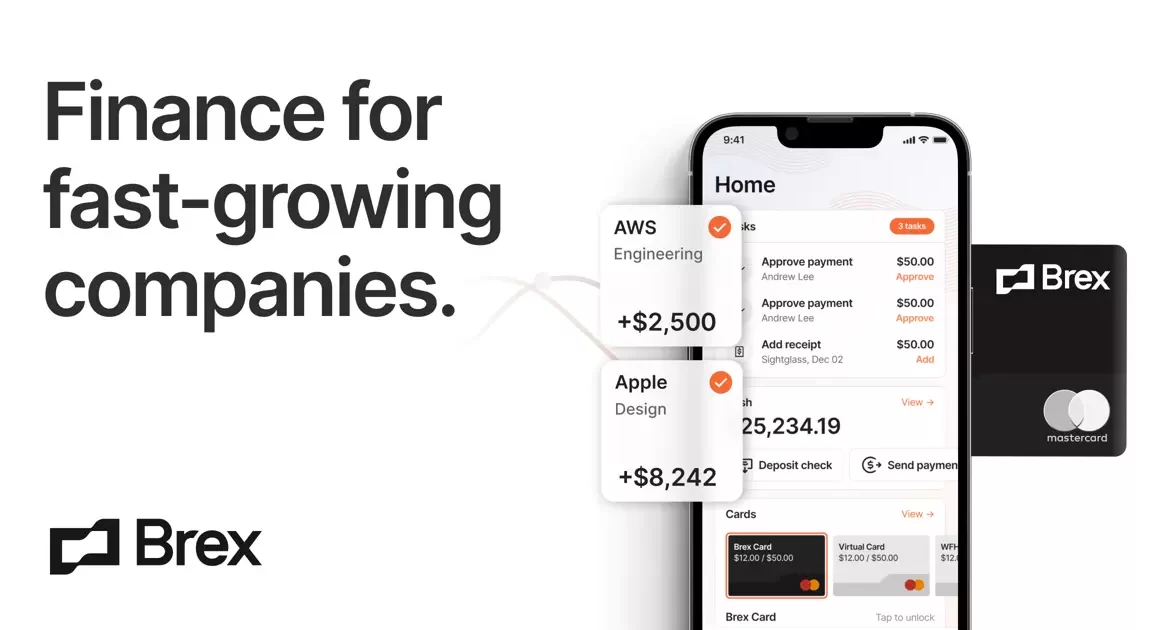Rapido is a popular on-demand bike taxi service available in several cities in India. The service allows customers to book a bike ride through a mobile application, which is then matched with a nearby Rapido captain (rider) who can provide the ride.
Rapido offers a cost-effective and convenient alternative to traditional taxis, especially for short distances. The service is particularly popular for daily commutes and quick errands. It also offers several safety features, including GPS tracking of rides, mandatory helmets for both captains and customers, and background checks for all captains.
Customers can pay for Rapido rides through the mobile application using various payment options, including digital wallets, credit/debit cards, or cash. Rapido also offers an option for customers to schedule rides in advance, making it more convenient for them to plan their trips.
Overall, Rapido provides a fast, reliable, and cost-effective transportation option for customers in India, especially for those traveling short distances.
Rapido History and Founders
Rapido was founded in 2015 by Aravind Sanka, Pavan Guntupalli, and SR Rishikesh.

The idea for Rapido came from the founders’ personal experiences with the difficulties of commuting in Bangalore, one of India’s most congested cities.
They noticed that two-wheelers (motorcycles and scooters) could navigate through the city’s traffic much more efficiently than four-wheeled vehicles, and that many people preferred using their own two-wheelers for short distances.
However, not everyone had access to a two-wheeler or felt comfortable riding one in the city’s chaotic traffic. The founders saw an opportunity to create a platform that would match people who needed a ride with experienced two-wheeler riders, creating a more efficient and accessible form of transportation.
The founders began by conducting surveys to understand the needs of potential customers and conducting pilot tests with a small group of users. They then built a mobile application that would allow customers to book a ride and match them with a nearby two-wheeler rider (called a “captain”).
In November 2015, they launched the service in Bangalore, starting with a few dozen captains.
The service quickly gained popularity, and by the end of the first year, Rapido had over 1000 registered captains and was available in several cities in India.
In 2017, Rapido raised funding from investors, including the venture capital firm Sequoia Capital, and began expanding its operations to more cities in India. As of 2021, Rapido has over 150,000 registered captains and is available in over 100 cities in India.
Business Model of Rapido
Rapido operates on a peer-to-peer business model, connecting customers who need a ride with independent two-wheeler riders (called “captains”) who are willing to provide the ride. Here’s a brief overview of how Rapido’s business model works:
Mobile Application: Rapido operates through a mobile application that allows customers to book a ride and captains to accept ride requests.
Captains: The captains are independent contractors who are registered on the Rapido platform. They use their own two-wheelers to provide rides to customers and are paid a portion of the fare for each ride they complete.
Customers: Customers can use the mobile application to book a ride and are matched with a nearby captain who can provide the ride. Customers can pay for rides using a variety of payment methods, including digital wallets, credit/debit cards, or cash.
Commission: Rapido earns revenue by taking a commission on each ride fare. The commission percentage may vary based on factors such as the city and the type of ride.
Safety Measures: Rapido also invests in safety measures such as GPS tracking of rides, mandatory helmets for both captains and customers, and background checks for all captains.
Overall, Rapido’s business model is designed to create a cost-effective and efficient transportation option for customers, while providing a flexible and income-generating opportunity for independent two-wheeler riders.
Marketing Strategies of Rapido
Referral programs: Rapido has run several referral programs where users can invite their friends to sign up for the app and earn free rides or discounts in return. This incentivizes existing users to invite others to use the app, which can help to attract new users and expand the company’s user base.
- Influencer marketing: Rapido has partnered with social media influencers to promote its services and create buzz on platforms like Instagram and YouTube. By collaborating with popular influencers, Rapido can reach a wider audience and build brand awareness among younger, tech-savvy consumers who are active on social media.
- Targeted advertising: Rapido has used targeted advertising on platforms like Facebook and Google to reach users who are searching for ride-hailing services or have expressed an interest in similar products. This helps the company to reach potential customers who are more likely to be interested in its services, which can lead to more signups and increased revenue.
- Outdoor advertising: Rapido has used billboards, posters, and other outdoor advertising to promote its services in key markets. By displaying its ads in high-traffic areas, Rapido can increase brand visibility and reach potential customers who may not be actively searching for ride-hailing services.
- Social media marketing: Rapido has a strong presence on social media platforms like Facebook, Instagram, and Twitter, where it regularly posts updates about its services, promotions, and other news. By engaging with its followers and responding to their comments and questions, Rapido can build a loyal following on social media and encourage users to share their positive experiences with others.
Overall, these marketing strategies have helped Rapido to establish a strong brand presence in the Indian ride-hailing market and grow its user base over time. By using a mix of online and offline marketing tactics, Rapido can reach potential customers at various touchpoints and build awareness and loyalty for its services.
Investors and Funding of Rapido
Since its inception, Rapido has raised several rounds of funding from various investors.
Here’s a brief overview of Rapido’s funding history and investors:
Seed Funding: In November 2015, Rapido raised an undisclosed amount of seed funding from a group of angel investors.
Series A Funding: In November 2017, Rapido raised $10 million in a series A funding round led by Nexus Venture Partners, with participation from other investors like Hero MotoCorp and Integrated Capital.
Series B Funding: In December 2018, Rapido raised $55 million in a series B funding round led by Westbridge Capital, with participation from other investors like BAce Capital, Shunwei Capital, and Integrated Capital.
Series C Funding: In December 2019, Rapido raised $55 million in a series C funding round led by Westbridge Capital, with participation from other investors like Shunwei Capital, BAce Capital, and Nexus Venture Partners.
Series D Funding: In November 2020, Rapido raised $39 million in a series D funding round led by Westbridge Capital, with participation from other investors like Shunwei Capital, Skywatcher Fund, and Integrated Capital.
In April 2022, Rapido has raised $180 million (over ₹1,370 crore) in a funding round led by Swiggy, that also saw participation from TVS Motor Company.
The company plans to use the funds to expand its services across India and explore new markets.
Also Read: Uber – Evolving The Way The World Moves
Revenue and Growth of Rapido
According to Rapido’s FY21 financial results, the company reported a revenue of INR 71.08 crore ($9.5 million USD) for the fiscal year 2020-21, which represents a growth of over 200% compared to the previous fiscal year. The company’s net loss for FY21 was INR 224.97 crore ($30.1 million USD), which was significantly higher than the previous fiscal year’s net loss of INR 121.47 crore ($16.3 million USD).
In terms of growth, Rapido has been expanding rapidly in India since its launch in 2015. The company has operations in over 100 cities in India and claims to have completed over 75 million rides to date. Rapido has also been expanding its offerings beyond bike taxis, with the launch of Rapido Auto (auto-rickshaw rides) and Rapido Rentals (rentals of two-wheelers) in select cities.
Rapido has also been investing in technology and innovation to improve its services and enhance the customer experience. In 2020, the company launched a new feature called “Rapido Local” that allows customers to book two-wheeler rides for local deliveries of essential goods and services during the COVID-19 pandemic.
Overall, Rapido’s revenue and growth suggest that the company is well-positioned to capitalize on the growing demand for ride-hailing services in India. However, it should be noted that the COVID-19 pandemic and regulatory challenges in the ride-hailing industry in India could impact the company’s future growth and financial performance.
Future of Rapido
The ride-hailing industry in India is expected to grow significantly over the coming years as more consumers shift away from traditional modes of transportation like taxis and public transport and towards ride-hailing services like Rapido. The increasing adoption of smartphones and rising internet penetration in India is also likely to boost demand for ride-hailing services in the coming years.
Rapido has already established itself as one of the leading players in the Indian ride-hailing market, with a strong presence in over 100 cities across the country. The company has also expanded its services beyond bike taxis to include other modes of transportation like electric bikes, autos, and cars, which could help it capture a larger share of the market.
In the future, Rapido could potentially expand its operations to new markets within India and other countries in the region, as well as continue to diversify its services to offer customers more options and greater convenience. The company could also explore new technologies and innovations like electric and self-driving vehicles to enhance its offerings and stay ahead of the competition.
Overall, while the ride-hailing industry in India is highly competitive and rapidly evolving, Rapido’s strong brand presence, diverse offerings, and focus on customer satisfaction could help it to continue to grow and succeed in the future.
To read more content like this, subscribe to our newsletter



